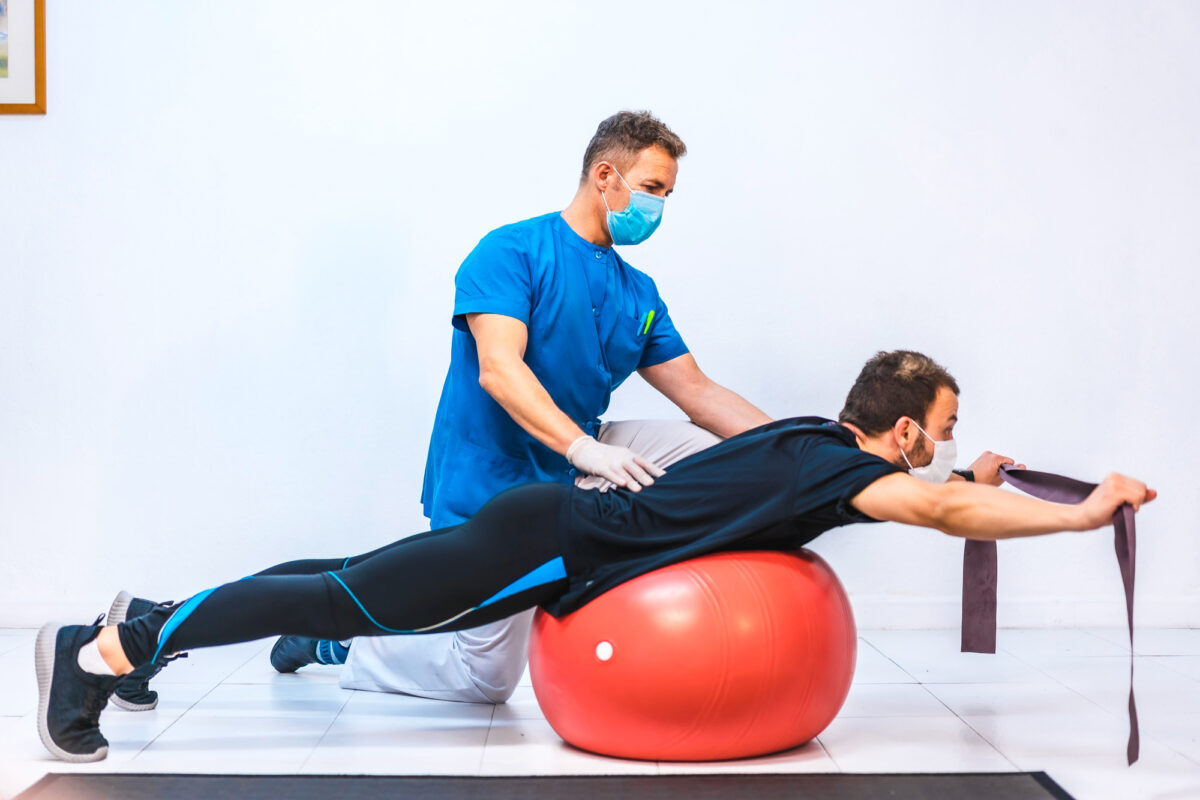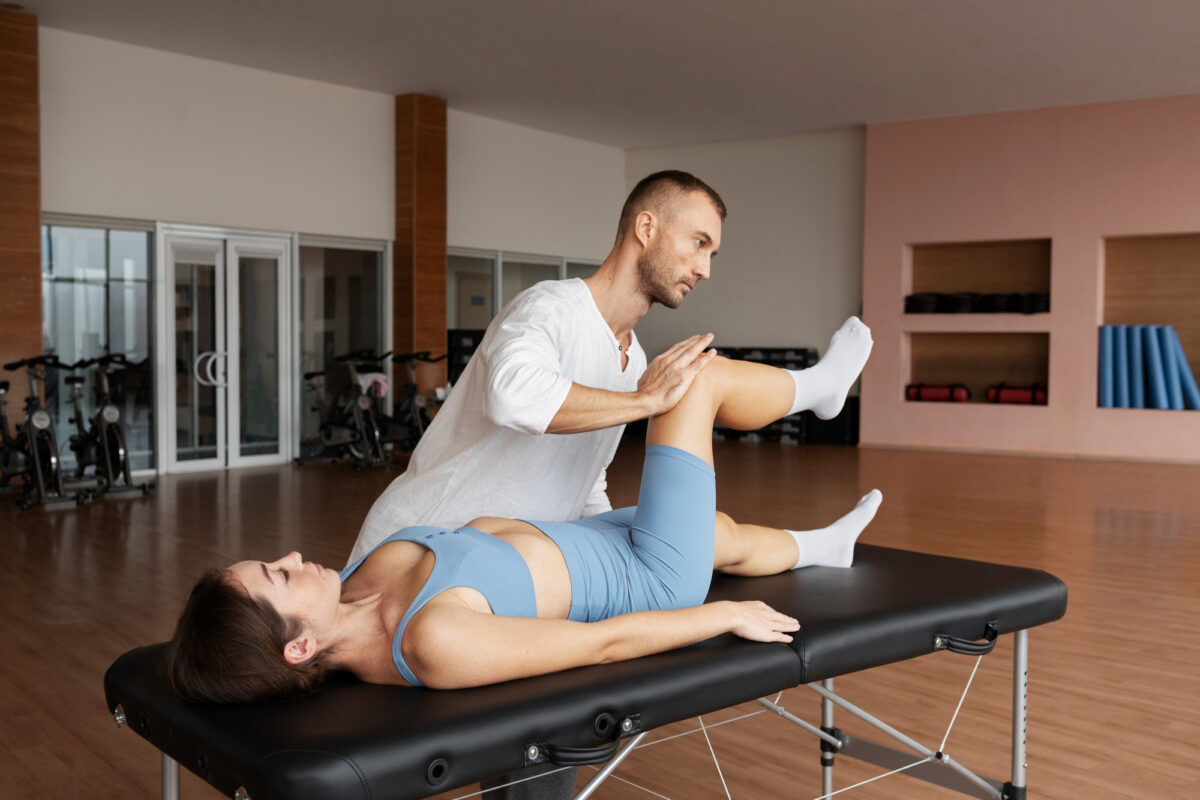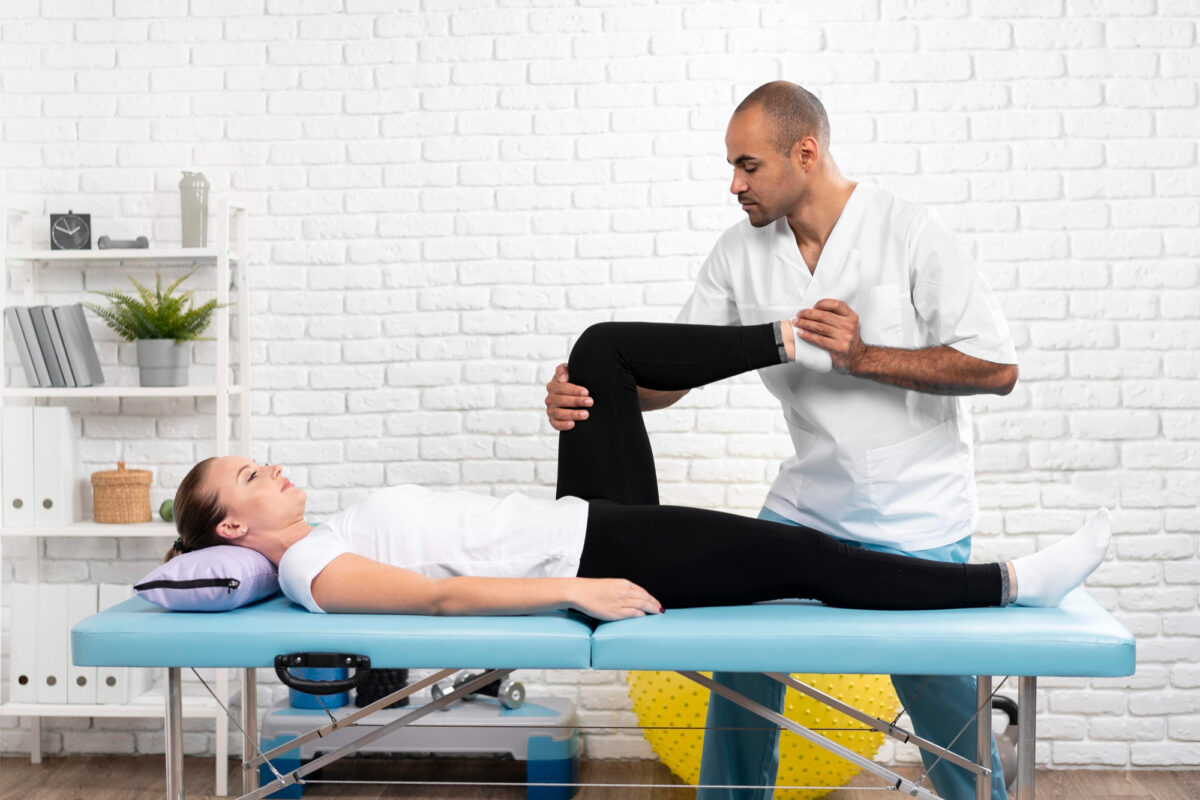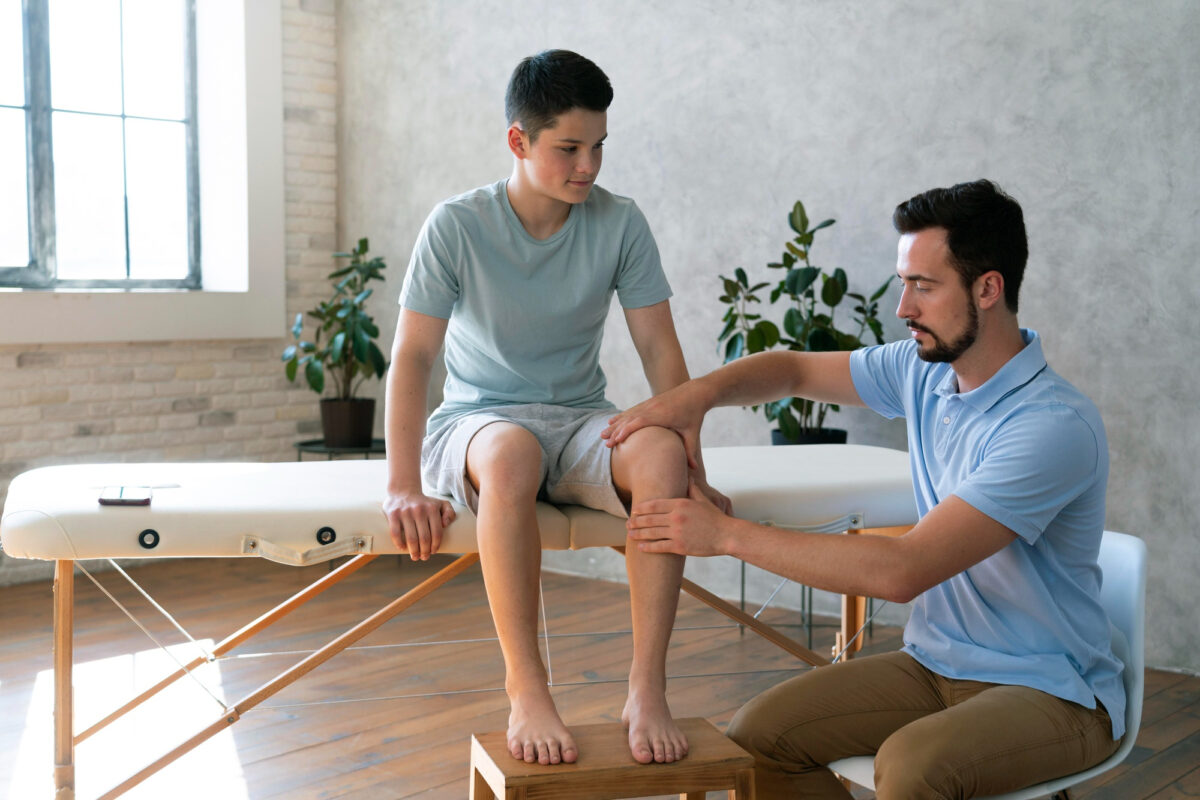In the realm of physiotherapy, there are numerous exercises that can effectively target specific muscle groups while promoting overall strength and stability. One such exercise is the Superman exercise, which is particularly beneficial for activating the core, glutes, and lower back muscles. In this blog post, we will delve into the details of the Superman exercise and discuss its importance in physiotherapy, as recommended by the experts at PhysioExperts in Ottawa.
- Understanding the Superman Exercise: The Superman exercise is a bodyweight exercise that mimics the posture of the iconic superhero, Superman, hence the name. It primarily targets the muscles of the core, glutes, and lower back, making it an excellent choice for enhancing stability, improving posture, and preventing or rehabilitating lower back pain.
- How to Perform the Superman Exercise: Here’s a step-by-step guide on how to perform the Superman exercise correctly:
Step 1: Lie facedown on an exercise mat or a comfortable surface.
Step 2: Extend your arms forward, straightening them out in line with your body.
Step 3: Simultaneously lift your arms, chest, and legs off the ground while keeping your neck in a neutral position.
Step 4: Squeeze your glutes and engage your core muscles as you hold the lifted position for a few seconds.
Step 5: Slowly lower your arms, chest, and legs back to the starting position.
Step 6: Repeat the exercise for a recommended number of repetitions.
- Benefits of the Superman Exercise: The Superman exercise offers several benefits for individuals undergoing physiotherapy or anyone looking to strengthen their core, glutes, and lower back muscles. Some key advantages include:
- Core Activation: The exercise targets the deep abdominal muscles, including the transverse abdominis and multifidus, helping to improve core stability.
- Glute Strengthening: By engaging the gluteal muscles during the exercise, you can enhance their strength, which is crucial for maintaining proper posture and preventing injuries.
- Lower Back Support: The Superman exercise helps to activate and strengthen the muscles of the lower back, reducing the risk of lower back pain and promoting spinal stability.
- Improved Posture: Regular practice of the Superman exercise can contribute to better posture by strengthening the muscles responsible for maintaining an upright position.
- Precautions and Modifications: While the Superman exercise is generally safe for most individuals, it is important to be cautious and follow these precautions:
- Start with a controlled range of motion and gradually increase the difficulty as your strength improves.
- If you have any existing back or neck conditions, consult with a physiotherapy professional before incorporating the exercise into your routine.
- Pregnant women should avoid performing this exercise, particularly during the later stages of pregnancy.
The Superman exercise is an effective physiotherapy exercise that targets the core, glutes, and lower back muscles. Incorporating this exercise into your routine can help enhance stability, improve posture, and prevent or rehabilitate lower back pain. However, it’s crucial to perform the exercise correctly and consult with a physiotherapy expert if you have any concerns or specific conditions. The team of experts at PhysioExperts in Ottawa can provide personalized guidance and support to ensure safe and effective implementation of the Superman exercise in your physiotherapy regimen. Remember, activating your core, glutes, and lower back muscles can have a transformative impact on your overall well-being and functional abilities.





